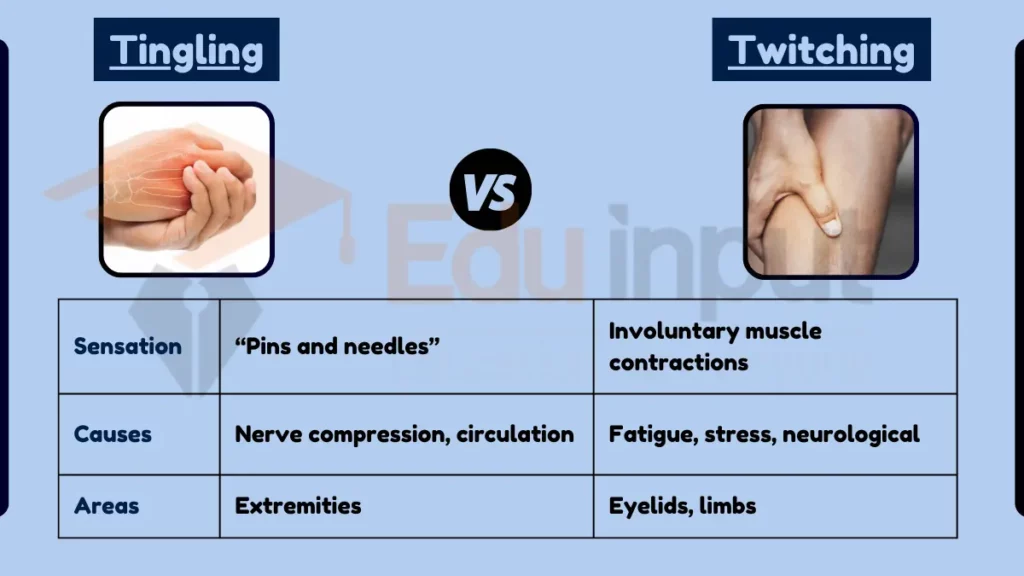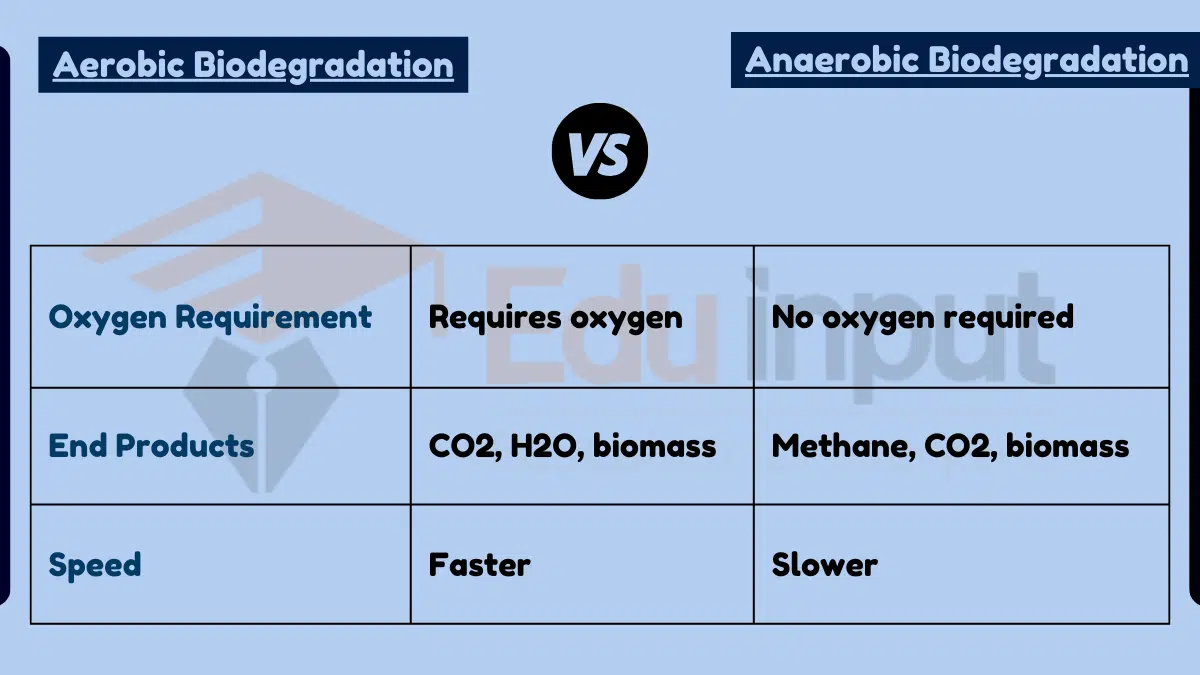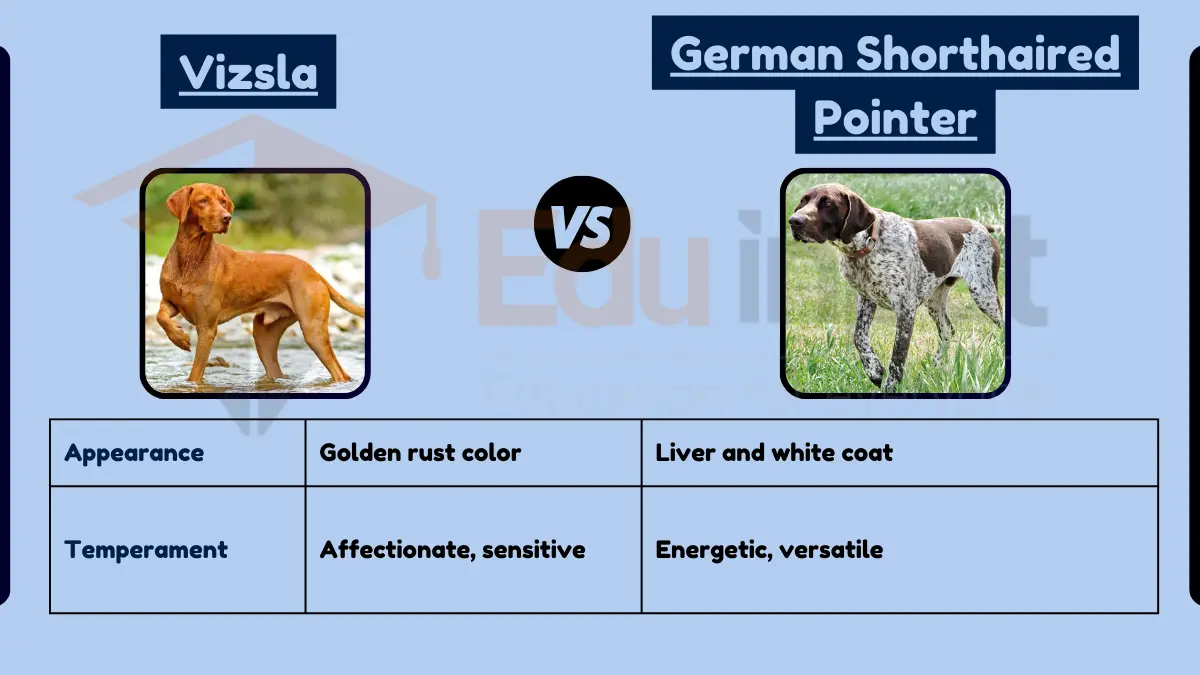Difference Between Tingling and Twitching
December 23, 2023
Table of Contents
Key Difference
Tingling and twitching are both sensations experienced in the body but differ in their manifestation and underlying causes. Tingling is a sensation of “pins and needles,” often due to temporary loss of blood flow or nerve compression. Twitching, or muscle fasciculation, involves involuntary muscle contractions and is often caused by muscle fatigue, stress, or neurological disorders.

Comparative Analysis
- Sensation Type:
- Tingling: “Pins and needles” feeling, numbness.
- Twitching: Involuntary muscle movements.
- Common Causes:
- Tingling: Nerve compression, poor circulation.
- Twitching: Muscle fatigue, stress, neurological issues.
- Affected Areas:
- Tingling: Can occur in extremities like hands and feet.
- Twitching: Often observed in eyelids, limbs.
- Duration and Frequency:
- Tingling: Often transient, related to specific positions or conditions.
- Twitching: Can be sporadic or persistent.
- Associated Medical Conditions:
- Tingling: Carpal tunnel syndrome, peripheral neuropathy.
- Twitching: ALS, BFS, electrolyte imbalances.
Table Summary
| Feature | Tingling | Twitching |
|---|---|---|
| Sensation | “Pins and needles” | Involuntary muscle contractions |
| Causes | Nerve compression, circulation | Fatigue, stress, neurological |
| Areas | Extremities | Eyelids, limbs |
| Duration | Transient | Sporadic or persistent |
| Medical Conditions | Carpal tunnel, neuropathy | ALS, BFS, imbalances |
Tingling and twitching, while both nerve-related sensations, differ in their characteristics, causes, and implications, requiring different approaches for diagnosis and management.
File Under:






Leave a Reply